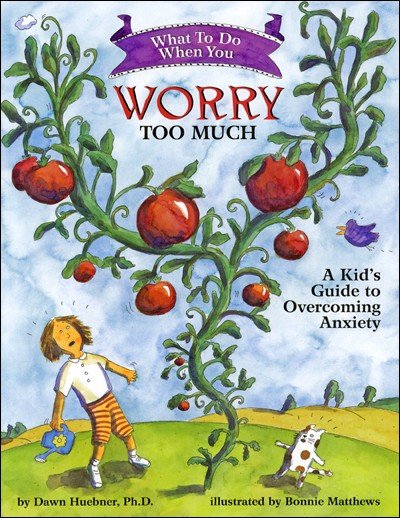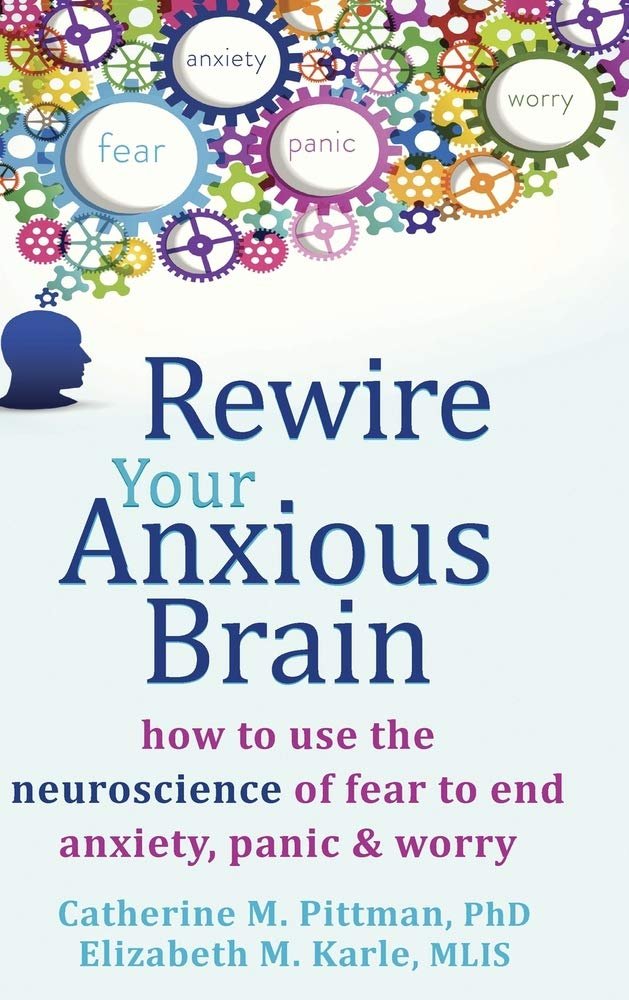The Worried Child: Recognizing Anxiety in Children and Helping Them Heal
Paul Foxman, PhD
“Anxiety in children diminishes their intellectual, emotional and social development, as well as physical health. Author Paul Foxman believes there are three interacting ingredients that contribute to anxiety in children -- biological sensitivity, personality, and stress overload. The Worried Child shows that anxiety is preventable – or can at least be minimized – by raising children's self confidence, increasing social and self-control skills, and teaching them how to play, relax, and communicate their feelings and needs. Written for parents and teachers and anyone dealing with children, the guide covers the importance of adequate rest, sleep, and exercise and provides detailed lists, skill exercises, sample dialogues, and case studies. It also presents extensive information on the various types and symptoms of anxiety disorders. Advice for educators, health care professionals, childcare workers and psychotherapists is included along with a chapter and tutorial written specifically for children.” —Goodreads
What to Do When You Worry Too Much: A Kid's Guide to Overcoming Anxiety
Dawn Huebner, PhD
“What to Do When You Worry Too Much guides children and parents through the cognitive-behavioral techniques most often used in the treatment of anxiety. Lively metaphors and humorous illustrations make the concepts and strategies easy to understand, while clear how-to steps and prompts to draw and write help children to master new skills related to reducing anxiety. This interactive self-help book is the complete resource for educating, motivating, and empowering kids to overcoming their overgrown worries. Engaging, encouraging, and easy to follow, this book educates, motivates, and empowers children to work towards change.” —Goodreads
Rewire Your Anxious Brain: How to Use the Neuroscience of Fear to End Anxiety, Panic, and Worry
Catherine Pittman, PhD and Elizabeth M. Karle, MLIS
“In this book, you will learn how the amygdala and cortex (both important parts of the brain) are essential players in the neuropsychology of anxiety. The amygdala acts as a primal response, and oftentimes, when this part of the brain processes fear, you may not even understand why you are afraid. By comparison, the cortex is the center of “worry.” That is, obsessing, ruminating, and dwelling on things that may or may not happen. In the book, Pittman and Karle make it simple by offering specific examples of how to manage fear by tapping into both of these pathways in the brain. As you read, you’ll gain a greater understanding how anxiety is created in the brain, and as a result, you will feel empowered and motivated to overcome it. The brain is a powerful tool, and the more you work to change the way you respond to fear, the more resilient you will become. Using the practical self-assessments and proven-effective techniques in this book, you will learn to literally “rewire” the brain processes that lie at the root of your fears.” —Goodreads



